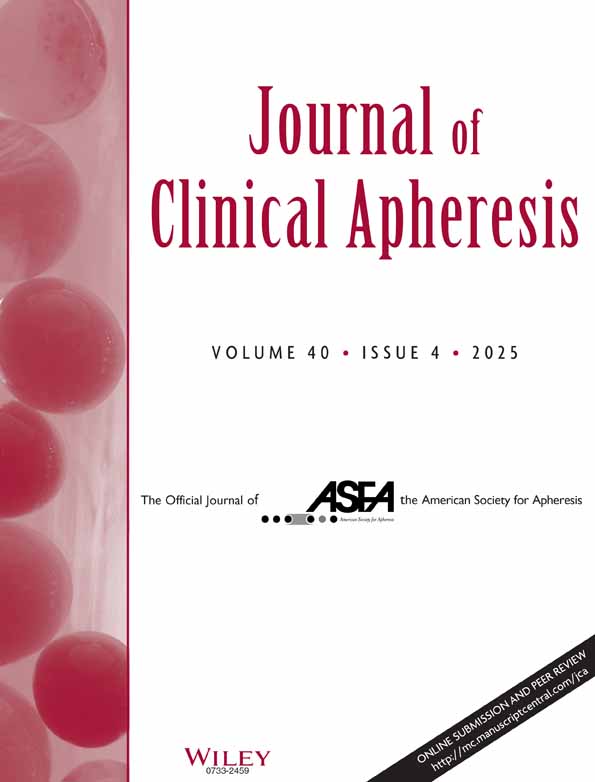The use of therapeutic plasmapheresis in the treatment of poisoned and snake bite victims: An academic emergency department's experiences
Abstract
The objective of this study is to describe the clinical status, procedural interventions, and outcomes of critically ill patients with poisoning and snake bite injuries presenting to a tertiary-care emergency department for treatment with therapeutic plasmapheresis. Records of 20 patients who presented to our academic emergency department over a 2-year period and who underwent plasmapheresis for poisoning or snake bite were retrospectively reviewed. Plasmapheresis was performed using centrifugation technology via an intravenous antecubital venous or subclavian vein catheter access. Human albumin or fresh frozen plasma were used as replacement fluids. Data extracted from the patient record included demographic data, clinical status, and outcome measures. Sixteen patients underwent plasmapheresis because of toxicity from snake bite. Three patients were treated for drug poisoning (phenytoin, theophylline, bipyridene HCl) and one patient for mushroom poisoning. Haematologic parameters such as platelet count, PT, and INR resolved rapidly in victims of snake bite injuries after treatment with plasmapheresis. Loss of limbs did not occur in these cases. Seven patients required admission to the intensive care unit. One patient with mushroom poisoning died. Mean length of hospital stay was 14.3 days (range 3–28 days) for all cases. Plasmapheresis was a clinically effective and safe approach in the treatment of snake bite envenomation and other drug poisoning victims especially in the management of hematologic problems and in limb preservation/salvage strategies. In addition to established conventional therapies, emergency physicians should consider plasmapheresis among the therapeutic options in treatment strategies for selected toxicologic emergencies. J. Clin. Apheresis 2006. © 2006 Wiley-Liss, Inc.




